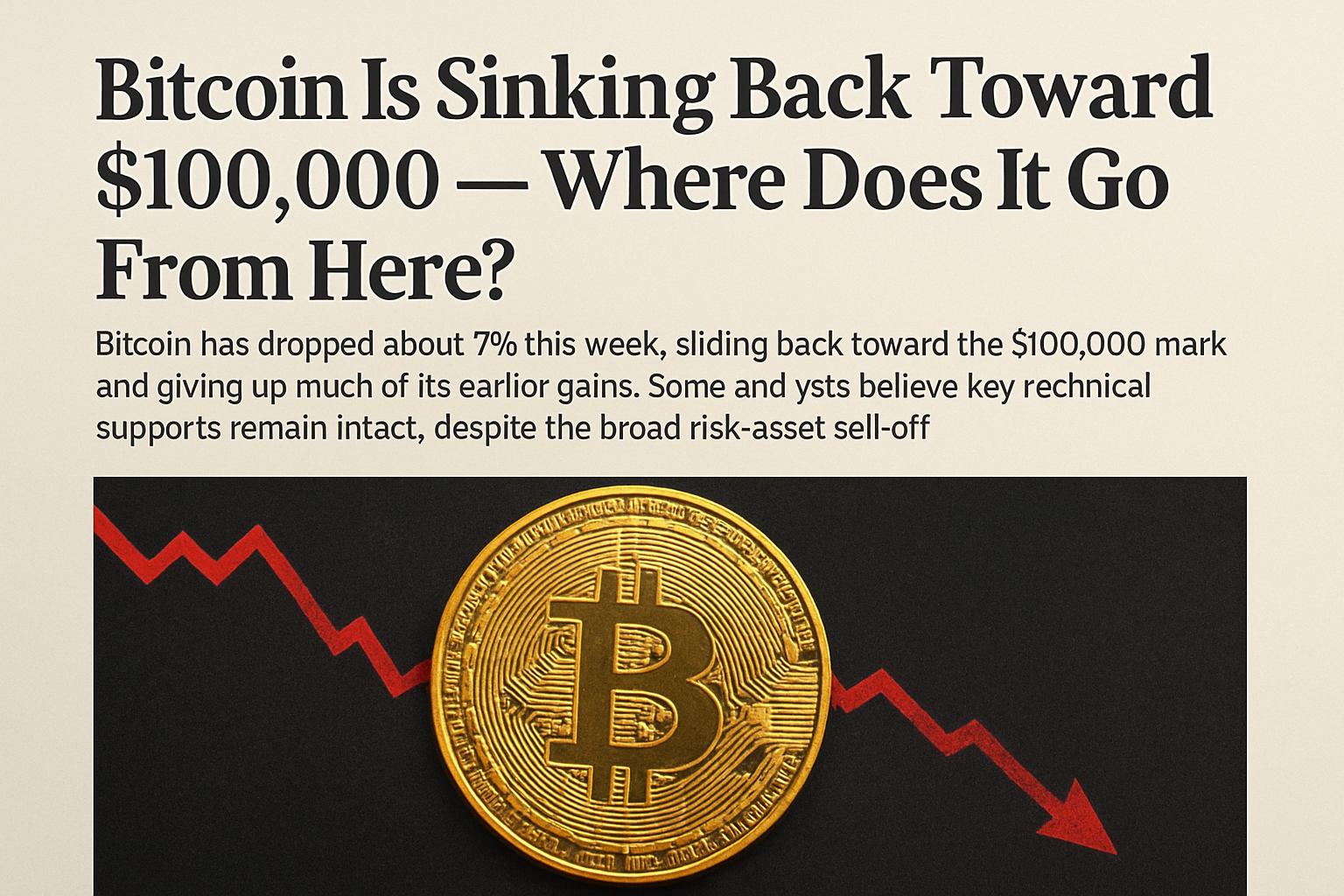The cryptocurrency market has been in turmoil, erasing over $800 billion in value in recent weeks as investors grapple with a deepening slump. Bitcoin, the flagship digital asset, has dropped 15% over the past month, falling to $85,600, while other cryptocurrencies have faced even steeper declines. The sell-off has triggered widespread panic, leaving traders and investors questioning the market’s short-term outlook.
The Depth of the Rout
The scale of the recent downturn is staggering. Bitcoin’s decline has not occurred in isolation; major altcoins like Ethereum, Solana, and Cardano have also been severely impacted, with losses ranging from 20% to 30%. The overall market capitalization of cryptocurrencies has shrunk drastically, highlighting the vulnerability of digital assets in times of heightened uncertainty.
Several factors have contributed to this massive sell-off. Rising concerns about regulatory crackdowns, particularly in the United States and Europe, have spooked investors. Additionally, fears of further interest rate hikes by the Federal Reserve have exacerbated the risk-off sentiment, causing a flight from speculative assets like cryptocurrencies.
The Impact of Macro Factors
Macroeconomic conditions have played a pivotal role in the crypto market’s recent performance. The Federal Reserve’s hawkish stance on interest rates, driven by persistently high inflation, has led to a stronger U.S. dollar, making dollar-denominated assets less attractive. As a result, Bitcoin’s appeal as a hedge against inflation has been undermined.
Moreover, the upcoming U.S. inflation report is expected to influence market sentiment significantly. A higher-than-expected inflation reading could reinforce expectations of further rate hikes, putting additional pressure on cryptocurrencies. Conversely, signs of cooling inflation might provide temporary relief for the market.
Altcoins Face Steeper Declines
While Bitcoin’s slump has been severe, the situation for altcoins is even worse. Tokens like Solana, Avalanche, and Polygon have experienced declines of over 25%, with their ecosystems facing liquidity crunches and reduced investor interest. The growing dominance of Bitcoin, which now represents nearly 50% of the total crypto market capitalization, suggests that investors are retreating to relatively safer digital assets amidst the uncertainty.
The high volatility in altcoins is also a reflection of investor sentiment. With venture capital funding drying up for blockchain projects and DeFi protocols struggling with liquidity, the outlook for altcoins remains precarious.
Institutional Investors Pull Back
Institutional interest in cryptocurrencies has also waned. Data from leading crypto exchanges indicates a significant outflow of funds, particularly from Bitcoin and Ethereum futures markets. Hedge funds and asset managers, who had been steadily increasing their crypto exposure in the first half of the year, are now scaling back positions amidst heightened volatility.
Arthur Hayes, the chief investment officer at Maelstrom and co-founder of BitMEX, described the current downturn as an “ugly start” to the week, highlighting $78,000 as a critical resistance level for Bitcoin. Should Bitcoin fail to hold above this level, further declines toward $75,000 could become a reality.
Is a Recovery in Sight?
Despite the gloom, some analysts argue that the current downturn might present a buying opportunity, especially if Bitcoin can defend key support levels. The Bitcoin Fear & Greed Index, which recently plunged into “Extreme Fear,” could signal a potential bottom if history is any guide.
For a sustainable recovery, Bitcoin needs to reclaim the 200-day moving average and stabilize above $85,700. Until then, the market is likely to remain on edge, with further declines possible if macroeconomic conditions worsen.
The $800 billion wipeout underscores the inherent volatility and risks associated with cryptocurrencies. With macroeconomic headwinds and regulatory uncertainties looming large, the road to recovery appears challenging. Investors and traders alike will be closely watching inflation data and Federal Reserve announcements for clues about the next move.
In the short term, defensive strategies and cautious optimism might be the best approach as the crypto market navigates these turbulent times.




